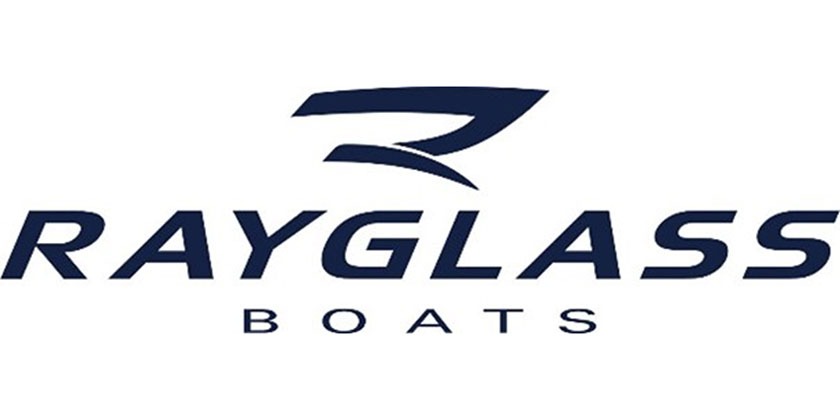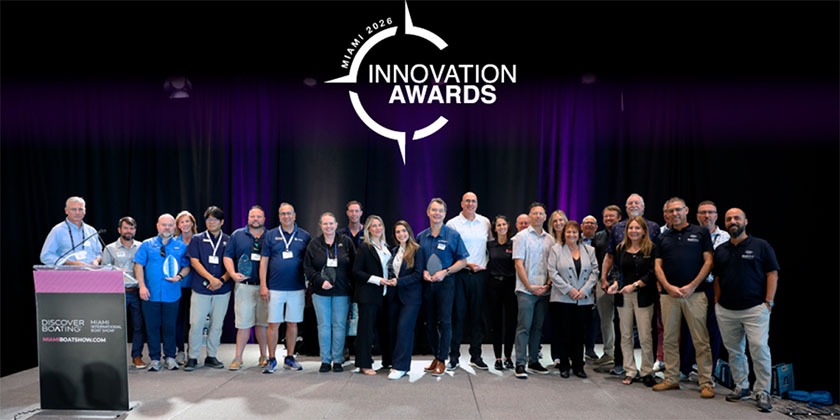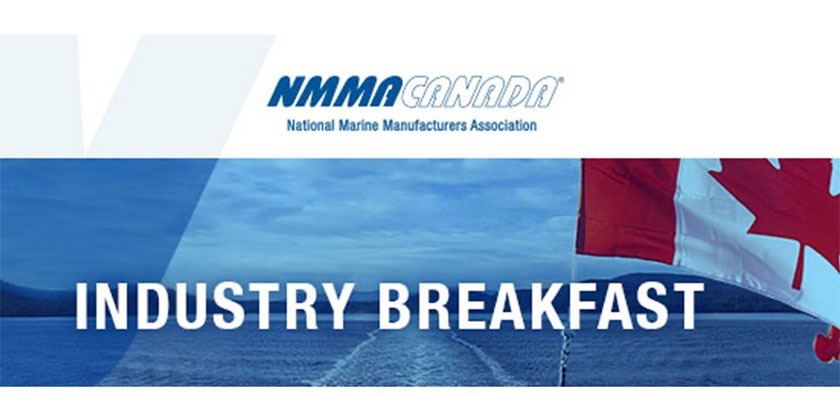More on ZEVs and Hydrogen

October 18, 2022
You will be interested to read our story this week, “Volvo Penta and CMB.TECH partner on dual-fuel hydrogen engines”. Only a couple of weeks ago, we ran a story titled, “CIB Launches $500 Million Charging and Hydrogen Refuelling Infrastructure Initiative, accelerating new investment in Zero-Emission Vehicle Infrastructure across Canada.”
Hydrogen was simply not on my radar screen until I read that story and at first, I thought it was a fanciful plan that was far off in the future. But then this week’s Volvo Penta dual-fuel hydrogen story arrived. This may be a lot closer than I realized. (READ MORE)
After “Googling” hydrogen and learning a bit, I would say there is a lot going on. There are a few ways of producing hydrogen and to use it as a fuel, it will probably need to be compressed to about 5,000 psi and stored in composite tanks, but it seems that’s not a big barrier.
Producing hydrogen (which is the most abundant element on the planet) requires processing because hydrogen does not exist as a single element – it’s always combined with other elements for example, water: H2O. Hydrogen can be electrolyzed from water, but that requires a lot of energy.
At the moment an estimated 95% of hydrogen is made from methane. It can be produced by thermochemical or pyrolitic means using renewable feedstocks, but that has been an expensive process. Where this gets interesting is at the intersection of other environmental activities.
Two weeks ago, a press release came out from a company called CHAR Technologies Ltd. It was announcing that the Canadian government had invested $1.5 million in development support for their proprietary High Temperature Pyrolysis (HTP) technology.
Pyrolysis can contribute to methane reduction in two of the three industry sectors that are the focus of the federal environmental plans: the waste sector by processing biodegradable materials diverted from landfills and other disposal sites, and the agricultural sector by processing animal manure and crop residues. CHAR Technologies HTP systems transform this waste into renewable natural gas and green hydrogen, as well as high-value solid carbon that can be used to replace fossil coal or as an agricultural soil enhancement. (Read more)
So, in addition to hydrogen that can be electrolyzed from water, it can be obtained in a methane reduction process that has important environmental benefits.
In the small world of pleasure boats, it would not have been practical to make these investments but we know our customers are anxious to support the environment. The Volvo Penta dual-fuel story gives me hope that exciting new developments may follow from commercial trucking and shipping, and we may benefit from those investments.
Stay tuned!
Andy Adams – Editor
























